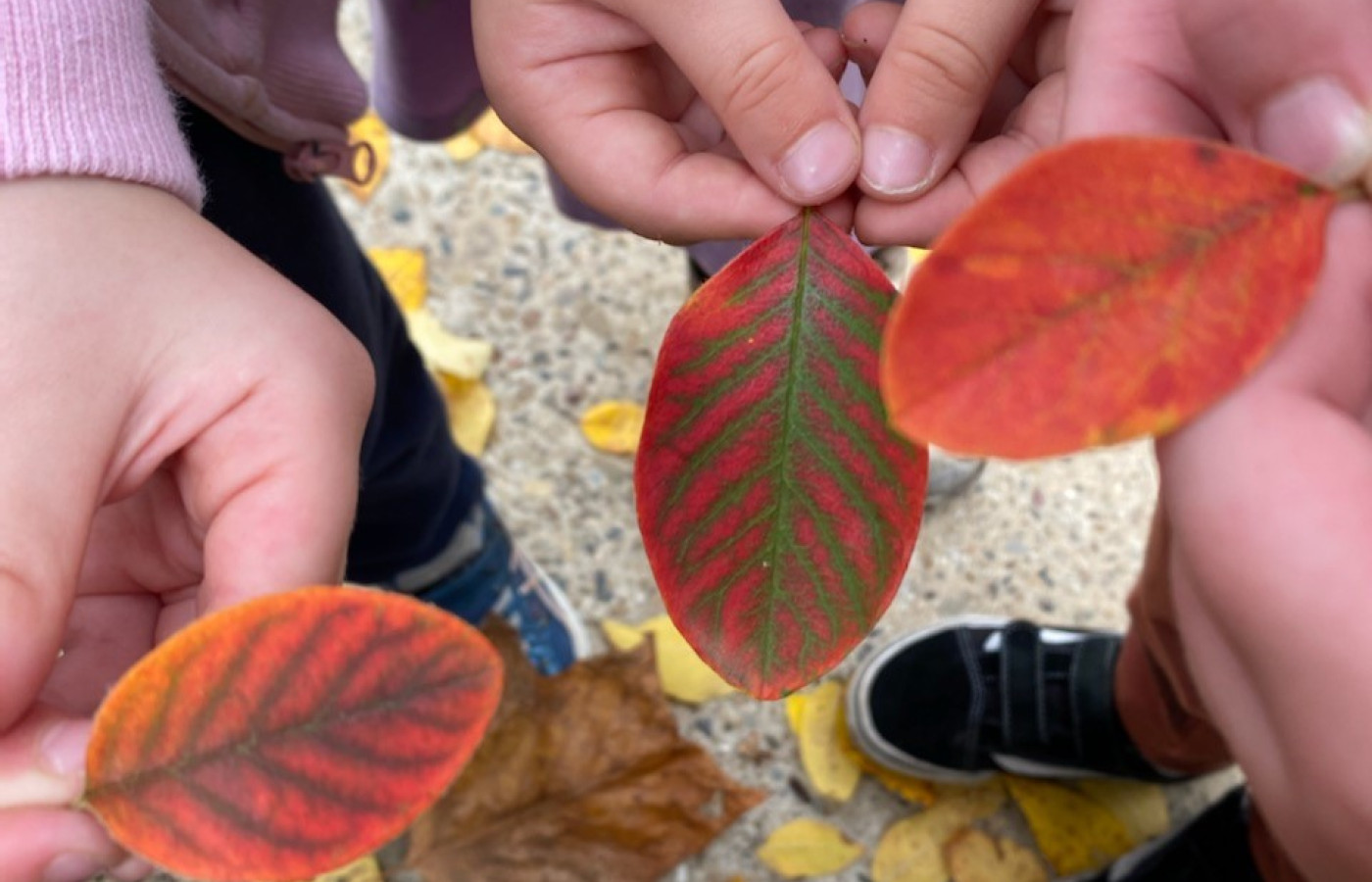Leaf painting

Leaf painting
Exploring the features of leaves
Materials Required
- Leaves from garden/outdoors
- Paper
- Paintbrushes
- Paint/watercolours/food dye
- Textas
- Pot of water to wash brushes
Play experience profile
-
Ages:
-
Min Playtime15 - 30 Minutes
-
Skills
-
Energy LevelActive play
-
Messiness Rating
-
EYLF Outcomes
Play Experience Preparation
Collect leaves from outdoors - Set up paint/textas - Mix up food dye and water if using this - Get paper readyExperience Steps
- Source leaves from outdoor environment - either to paint on or to use as inspiration to draw or paint.
- Use paint/textas to paint on or represent leaf on paper.
- Allow to dry.
- Add to again over the top with more paint or textas, explore mixed-medium.

What to talk about, or questions to ask during the experience
- What parts can you see on the leaf?
- What colour can you see?
- What shapes can you see on the leaf?
- Are there smooth, round, jaggered, rough parts/edges?
- Tell me about what you notice?
- Talk about the differences between leaves - size, colour, shape, lines, etc.
Build on this...
- Painting in the outdoors
- Use clay to 'print' the leaves on to see the patterns on the leaves
- Explore shapes, numerals and symmetry in nature - Fibonacci sequences in nature.
- Appreciation of natural materials and colours of nature.
WHO guidelines for physical activity and sedentary behaviour
Provide evidence-based public health recommendations for children, adolescents and adults on physical activity.
Learn more
Provide evidence-based public health recommendations for children, adolescents and adults on physical activity. Learn more
This is a physical activity - searching outdoors for leaves, then standing rather than sitting to paint/draw at the table/easel
EYLF Outcomes
The Early Years Learning Framework has been designed for use by early childhood educators working in partnership with families, children’s first and most influential educators.
View PDF
The Early Years Learning Framework has been designed for use by early childhood educators working in partnership with families, children’s first and most influential educators. View PDF
- Children become socially responsible and show respect for the environment
- Children take increasing responsibility for their own health and physical wellbeing
- Children express ideas and make meaning using a range of media
EYLF Principle
Principle 1: Secure, respectful and reciprocal relationships. Through a widening network of secure relationships, children develop confidence and feel respected and valued.
EYLF Practice
Practice: Learning through play. Play can expand children’s thinking and enhance their desire to know and to learn. In these ways play can promote positive dispositions towards learning. Children’s immersion in their play illustrates how play enables them to simply enjoy being.
Author:


